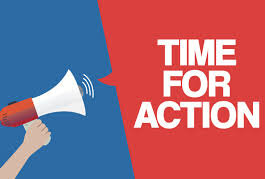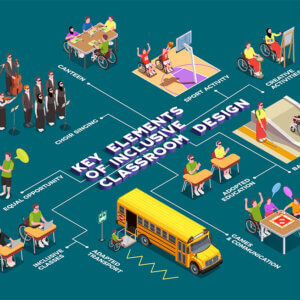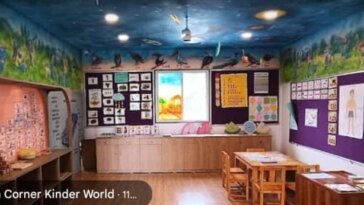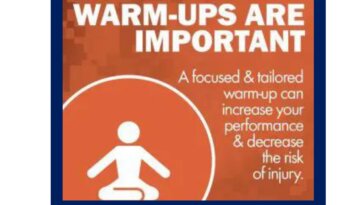Adapting curriculum for diverse learners is essential to ensure that every student, regardless of their background, abilities, or learning style, has the opportunity to succeed. In today’s classrooms, diversity encompasses a wide range of factors, including cultural, linguistic, cognitive, and socio-economic differences. To effectively meet these varied needs, educators must employ flexible and inclusive teaching strategies that can be tailored to individual students.
One of the key principles in adapting curriculum is differentiated instruction. This approach involves modifying content, process, products, and learning environments to cater to the different ways students learn. For instance, teachers might provide reading materials at varying levels of difficulty, use visual aids for students who benefit from seeing information, or offer hands-on activities for kinesthetic learners. By doing so, they create multiple pathways for students to access and engage with the curriculum.
Another critical aspect is incorporating Universal Design for Learning (UDL) principles, which focus on creating a curriculum that is accessible to all students from the outset. UDL emphasizes providing multiple means of representation, expression, and engagement. For example, offering digital texts that can be adjusted for size, color, or read aloud can help students with visual impairments or learning disabilities. Encouraging students to demonstrate their understanding through various formats, such as written reports, oral presentations, or creative projects, allows them to showcase their strengths.
Cultural responsiveness is also vital in adapting curriculum for diverse learners. Educators must recognize and value students’ cultural backgrounds and integrate culturally relevant materials and practices into their teaching. This not only enhances students’ engagement but also helps them see their identities reflected in their learning.
Moreover, collaboration with specialists, such as special education teachers, language support staff, and counselors, can provide additional insights and resources for adapting the curriculum effectively. Regular communication with parents and caregivers also ensures that the adaptations align with students’ needs and home environments.
In conclusion, adapting curriculum for diverse learners requires a commitment to flexibility, inclusivity, and cultural responsiveness. By implementing differentiated instruction, UDL principles, and culturally relevant practices, educators can create a supportive and dynamic learning environment that empowers all students to achieve their full potential.










